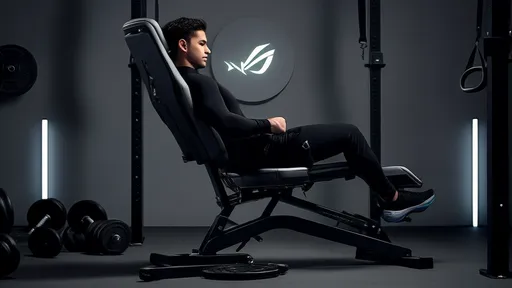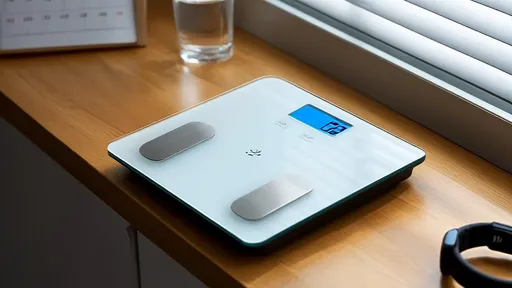Exams are a stressful time for students, and long hours of sitting in a rigid posture can lead to significant discomfort, particularly in the spine. The pressure to perform well often overshadows the physical strain, leaving many with aching backs, stiff necks, and poor circulation by the end of the test. However, simple spinal relaxation techniques can make a world of difference, helping students maintain focus while minimizing physical strain. These methods are easy to integrate into exam routines without disrupting concentration or drawing unwanted attention.
The spine bears the brunt of prolonged sitting, especially in the confined space of an exam hall. Most seating arrangements are far from ergonomic, forcing students into a hunched position that strains the lower back and shoulders. Over time, this posture compresses the vertebrae, tightens muscles, and restricts blood flow. Without proper adjustments, the body tenses up, exacerbating fatigue and even impairing cognitive function. Recognizing this, experts suggest micro-adjustments that can be performed subtly while seated, allowing students to stay aligned and relaxed without breaking exam rules.
One effective method involves controlled breathing paired with gentle spinal realignment. Before the exam begins, take a moment to sit upright, ensuring the hips are positioned at the back of the chair for proper lumbar support. Inhale deeply, expanding the ribcage, and as you exhale, visualize the spine lengthening upward. This not only relieves compression but also oxygenates the brain, sharpening focus. During the exam, periodic shoulder rolls—small, inconspicuous movements—can prevent stiffness from setting in. Simply lifting the shoulders toward the ears and rolling them backward in slow, deliberate motions eases tension in the trapezius muscles.
Another overlooked technique is subtle pelvic tilting, which maintains spinal neutrality. Many students unknowingly tilt their pelvis backward, flattening the natural curve of the lower spine. Instead, a slight forward tilt—achieved by gently engaging the core—restores the spine’s natural S-shape. This adjustment distributes weight more evenly, reducing pressure on the lumbar region. For those prone to slouching, pressing the feet firmly into the floor can serve as a grounding mechanism, promoting better posture without conscious effort.
Even the positioning of the exam paper can influence spinal health. Placing it at an angle—either by tilting the answer sheet or using the exam booklet as a stand—prevents the neck from craning forward. This minor tweak reduces strain on the cervical spine, a common trouble area during long tests. Additionally, brief pauses to stretch the wrists and flex the fingers not only aid in preventing cramps but also create natural opportunities to reset posture. These moments, though fleeting, allow the spine to decompress without interrupting the flow of thought.
Hydration plays an indirect yet crucial role in spinal comfort. Dehydration leads to muscle cramps and increased fatigue, making it harder to maintain good posture. Sipping water during the exam—where permitted—keeps the intervertebral discs hydrated, as they rely on fluid exchange to maintain cushioning. Similarly, avoiding heavy meals before the test prevents sluggishness, which often leads to poor sitting habits. Light, nutrient-rich snacks provide sustained energy without the post-meal slump that encourages slouching.
The psychological aspect of spinal relaxation cannot be ignored. Stress manifests physically, tightening muscles and worsening posture. Techniques such as mindful breathing or quick mental visualizations of tension melting away can mitigate this. For instance, before answering a difficult question, a student might take a second to inhale deeply, straighten their back, and exhale slowly. This not only relaxes the spine but also clears the mind, creating a feedback loop where better posture enhances focus, and focus, in turn, sustains posture.
Post-exam recovery is equally important. Once the test concludes, a full-body stretch—especially targeting the spine—helps reverse the effects of prolonged sitting. Simple movements like clasping the hands overhead and leaning side to side, or bending forward to touch the toes (if comfortable), realign the vertebrae and stimulate circulation. Incorporating these habits into post-exam routines ensures that the spine remains supple, reducing cumulative damage over multiple tests.
Ultimately, spinal care during exams is about small, consistent efforts rather than dramatic adjustments. By integrating these techniques, students can protect their physical well-being without compromising performance. The key lies in awareness—recognizing the signs of tension early and addressing them before they escalate. In doing so, the spine remains a supportive structure rather than a source of distraction, allowing the mind to operate at its peak during critical moments.

By /Jul 28, 2025

By /Jul 28, 2025

By /Jul 28, 2025

By /Jul 28, 2025

By /Jul 28, 2025

By /Jul 28, 2025

By /Jul 28, 2025

By /Jul 28, 2025

By /Jul 28, 2025

By /Jul 28, 2025

By /Jul 28, 2025

By /Jul 28, 2025

By /Jul 28, 2025

By /Jul 28, 2025

By /Jul 28, 2025

By /Jul 28, 2025

By /Jul 28, 2025

By /Jul 28, 2025

By /Jul 28, 2025

By /Jul 28, 2025